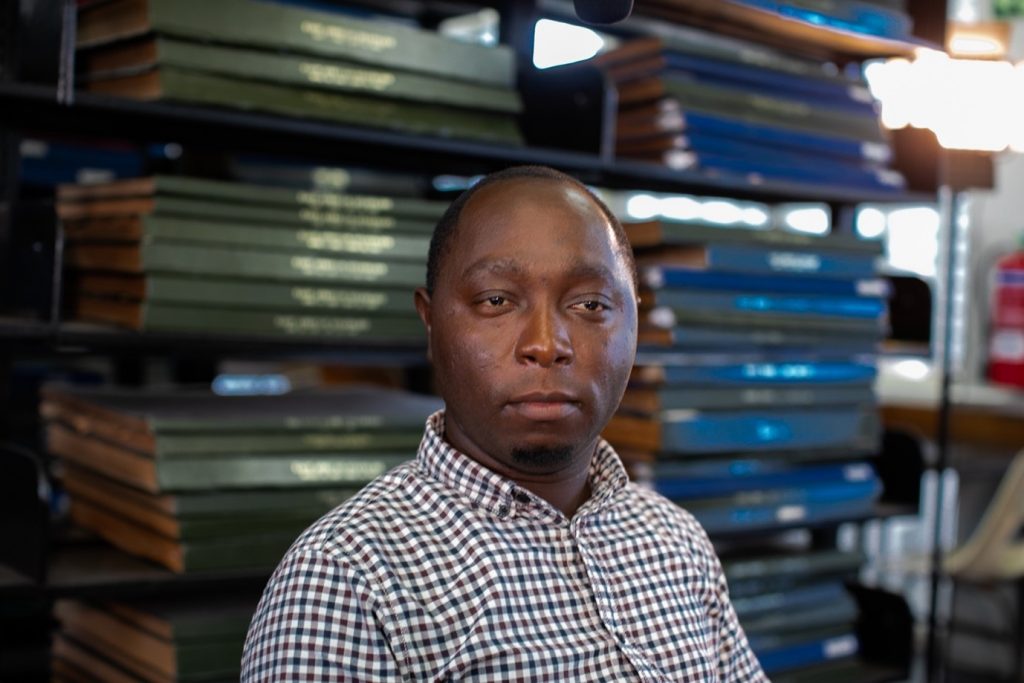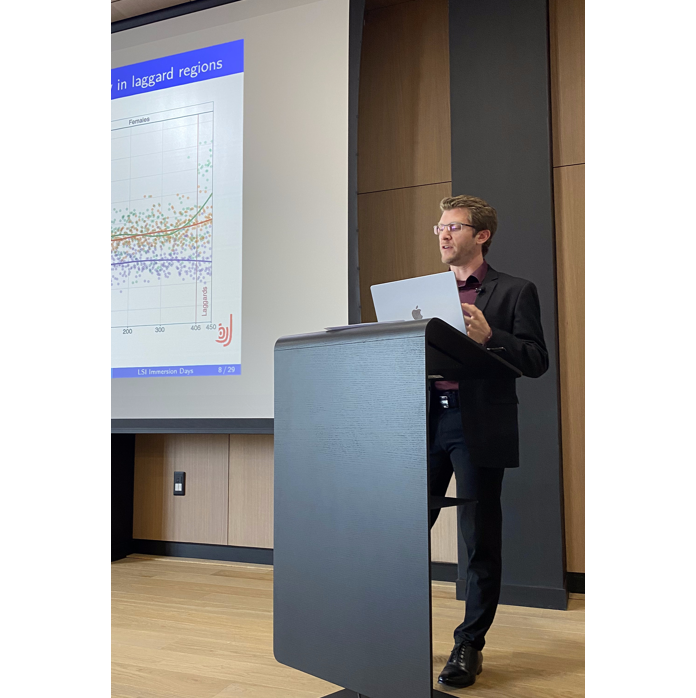Pandemics & Society Webinar 11 December, “Who Will Remember COVID-19? Kinship Memory after a Global Pandemic”.
For the ninth and final Pandemics & Society Seminar of our Fall 2025 series we are pleased to welcome Mallika Snyder (Max Planck Institute for Demographic Research). The seminar will be held on Thursday, 11th December at the normal time (1600 CEST). More information about our speaker and the presentation is below. You can sign up for email notifications about the seminar series, including the Zoom details, here.

Blurb: Millions of people have lost a relative to COVID-19, with many of these individuals likely to be alive well into this century. How might this population influence how the COVID-19 pandemic is remembered, and how may this shape policy and popular responses to future crises? This talk presents ongoing research using demographic microsimulation to predict the extent and trajectory of what we term “kinship memory” – the share of a population bereaved by a mortality crisis – in the context of COVID-19 in 120 countries around the world from 2025 to 2100. Our findings show that the continued survival of a large proportion of grandchildren will contribute to greater stability of kinship memory, with around 1 percent of the 2100 population of most regions related to a victim. However, the extent of this stability is limited by the relatively older age structure of COVID-19 excess mortality, which shapes the predicted ages of bereaved kin and the extent of their projected survival. Our work highlights the role of demographic structure of both the group of bereaved relatives and the overall population in shaping the projected kinship memory of a crisis.
Bio: Mallika Snyder is a Research Scientist at the Max Planck Institute for Demographic Research (MPIDR) in the Department of Digital and Computational Demography. Her research focuses on measuring the demographic impact of crisis-related population change in limited-data settings, and better understanding its implications for affected populations and individuals. Drawing on computational demographic methods and non-traditional data sources, her recent work has explored topics including the effects of COVID-19 excess mortality on kinship networks, as well as the development of innovative methods to better integrate information on crisis-related mobility into subnational population projections used to inform United Nations humanitarian action. A graduate of the UC Berkeley PhD program in Demography and the MA in Statistics, she recently joined MPIDR from the United Nations Population Fund (UNFPA), where she worked as an applied demographer focused on population data and estimation in humanitarian settings.







